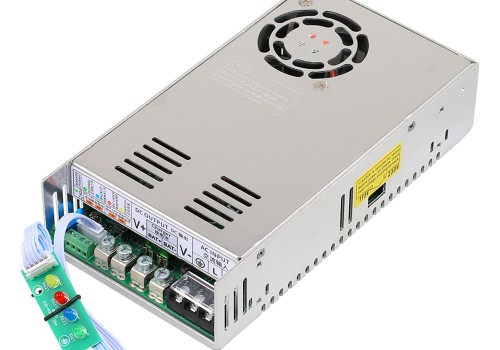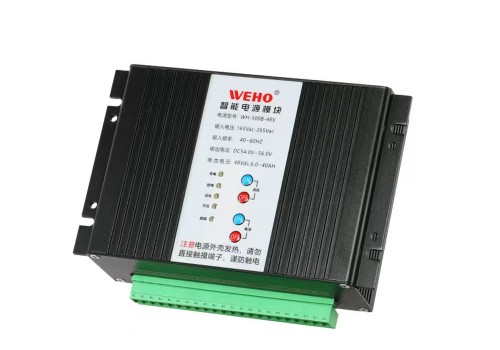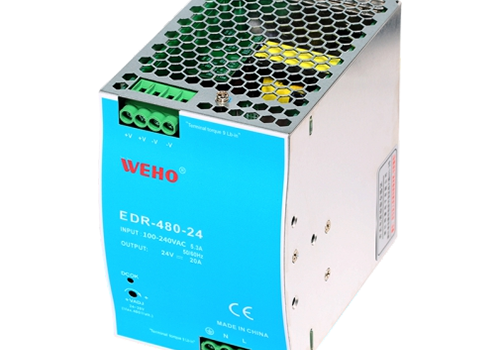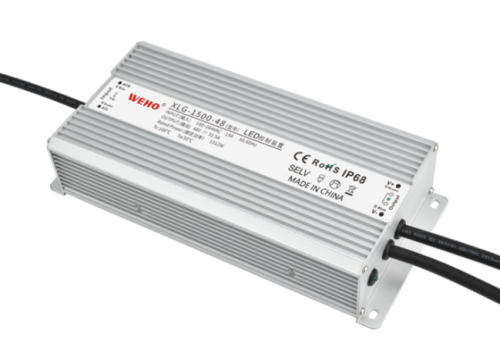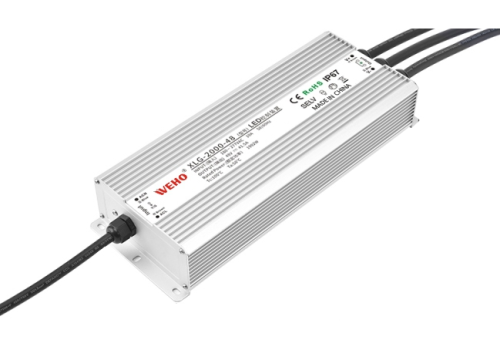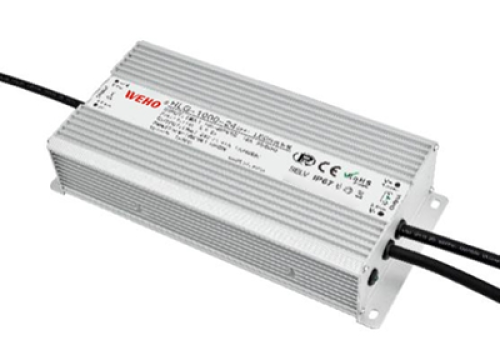DC to DC chargers are essential components in modern battery systems, especially in vehicles, RVs, boats, and renewable energy setups. Understanding the difference between isolated and non isolated DC to DC chargers is critical when selecting the right device for your application. This article explores the seven key differences between isolated and non isolated DC to DC chargers, helping you make an informed decision for your battery management needs.
Learn More: DC-to-DC Converters in Renewable Energy
Understand DC to DC Charger
What is a DC to DC Charger?
A DC to DC charger is a power converter that takes a DC input voltage from one source—often a vehicle’s starter battery—and converts it to a different DC voltage to charge a secondary battery, such as a house or auxiliary battery. These chargers ensure efficient and safe power transfer between batteries with different voltage levels or chemistries.
Learn More: A Comprehensive Guide to Understanding Switch Power Supplies
Learn More: How to Design a DC-DC Converter: A Comprehensive Guide
What is an Isolated DC to DC Charger?
An isolated DC to DC charger electrically separates the input and output circuits, providing galvanic isolation between the source and load. This means that the negative terminals of the input and output sides do not share a common ground. Isolation is achieved using transformers or magnetic coupling inside the converter, improving safety and reducing electrical interference.
What is a Non Isolated DC to DC Charger?
A non isolated DC to DC charger connects the input and output negative terminals directly, sharing a common ground between the starter battery and the auxiliary battery. This simpler design usually results in smaller size, lower cost, and easier installation but may not be suitable for all applications.
7 Key Differences of Isolated and Non Isolated DC to DC Charger
| Difference | Isolated DC to DC Charger | Non Isolated DC to DC Charger |
|---|---|---|
| Ground Connection Requirement | Does not require a common ground; input and output negatives are separate | Requires a shared common negative (ground) between batteries |
| Electrical Isolation & Safety | Provides galvanic isolation, protecting against faults and spikes | No electrical isolation; faults may affect both batteries |
| Interference & Noise Reduction | Reduces electrical noise and interference due to isolation | Shared ground may allow noise and interference to pass through |
| Terminal Configuration | Four terminals (input positive/negative, output positive/negative) | Three terminals (input positive, output positive, common negative) |
| Installation Complexity | More complex installation; requires careful wiring and grounding | Easier and quicker to install due to shared grounding |
| Use Case Suitability | Suitable for special cases like towing vehicles or sensitive equipment | Suitable for most common applications with shared chassis ground |
| Risk of System Interference or Damage | Minimizes risk of interference or damage by isolating circuits | Higher risk of system interference due to shared grounds |
Ground Connection Requirement
Isolated chargers do not require a common ground between the source and the load, allowing for independent grounding systems. Non isolated chargers require both batteries to share the same negative connection or chassis ground to function properly.
Electrical Isolation & Safety
Isolation protects the secondary battery and connected equipment from electrical faults on the input side, such as short circuits or voltage spikes. This enhances overall system safety, making isolated converters ideal for sensitive electronics or medical devices.
Interference & Noise Reduction
Because isolated DC to DC converters separate the input and output electrically, they reduce conductive noise and interference that can arise from poor grounding or alternator issues. Non isolated chargers may allow noise to pass through shared grounds, potentially affecting communication and audio devices.
Terminal Configuration
Isolated chargers typically have four terminals: two for input (positive and negative) and two for output (positive and negative), with the negatives isolated. Non isolated chargers generally have three terminals: input positive, output positive, and a common negative.
Installation Complexity
Non isolated DC to DC chargers are easier and faster to install because they rely on a shared ground. Isolated chargers require careful wiring and may need additional grounding considerations, leading to higher installation complexity.
Use Case Suitability
Non isolated chargers are suitable for most common applications where batteries share a chassis ground, such as cars, vans, and boats. Isolated chargers are better suited for special cases like towing vehicles where voltage differences exist between chassis grounds or systems requiring electrical isolation for safety or noise reduction.
Risk of System Interference or Damage
Non isolated chargers have a higher risk of system interference due to shared grounds, which can cause electrical noise or faults to propagate. Isolated chargers minimize this risk by preventing faults from crossing between the input and output circuits, thereby protecting sensitive loads.
Where Do You Install a DC to DC Charger?
DC to DC chargers are typically installed close to the auxiliary battery to efficiently manage charge from the starter battery or alternator. In vehicles, boats, or RVs, installation near the house battery bank ensures better voltage regulation and reduces cable losses. The choice between isolated and non isolated chargers depends on the vehicle’s electrical architecture and grounding scheme.
Conclusion
Choosing between an isolated and a non isolated DC to DC charger depends largely on your system’s grounding requirements, safety considerations, and the sensitivity of connected equipment. For most everyday applications where batteries share a common ground, a non isolated DC to DC charger provides a cost-effective and reliable solution. However, if you need enhanced electrical isolation for noise reduction, safety, or specialized installations, an isolated DC to DC charger is the better choice. Understanding these seven differences will help you optimize your battery charging system for performance, safety, and longevity.




